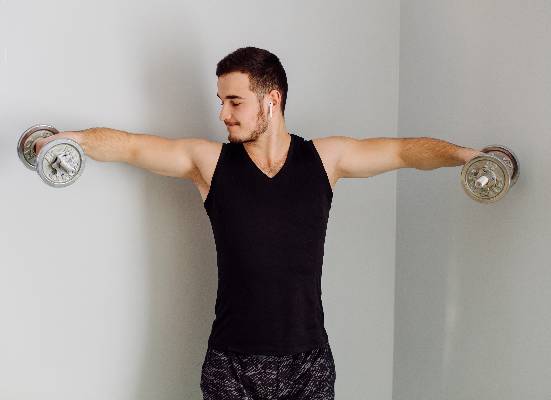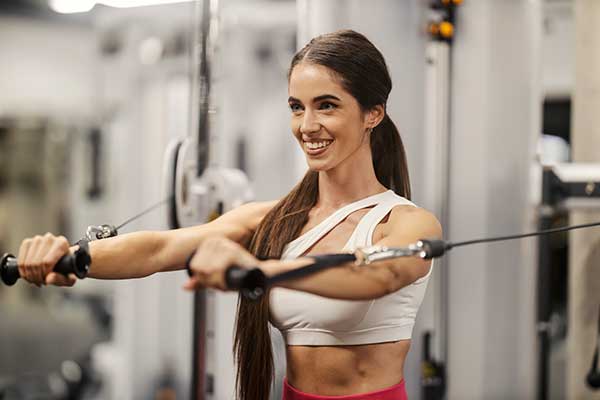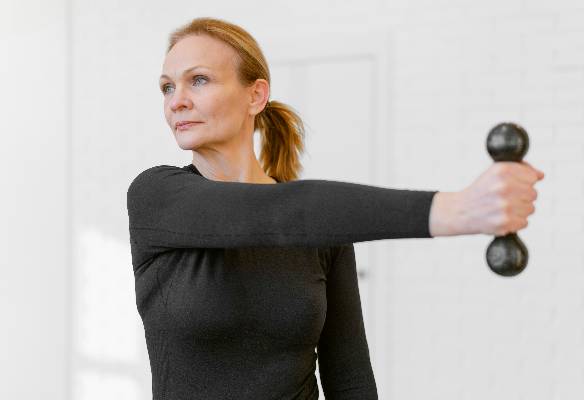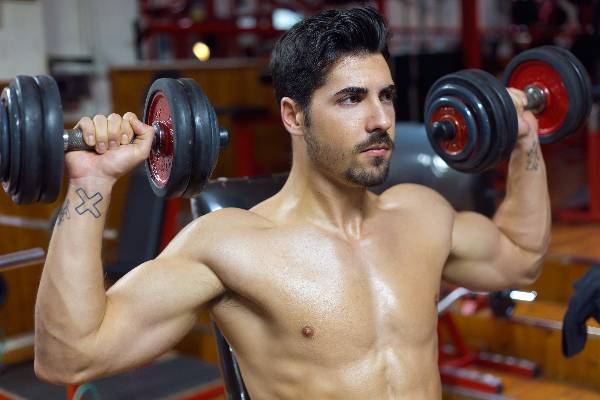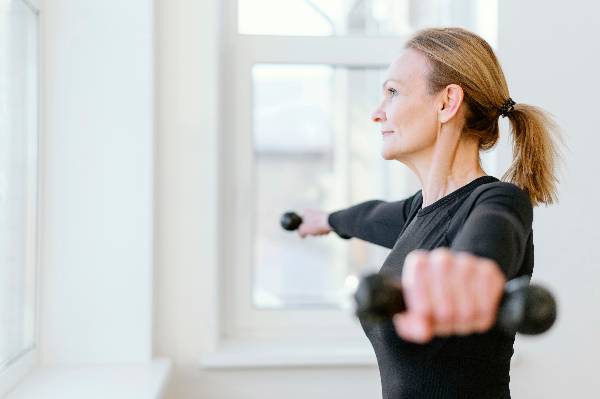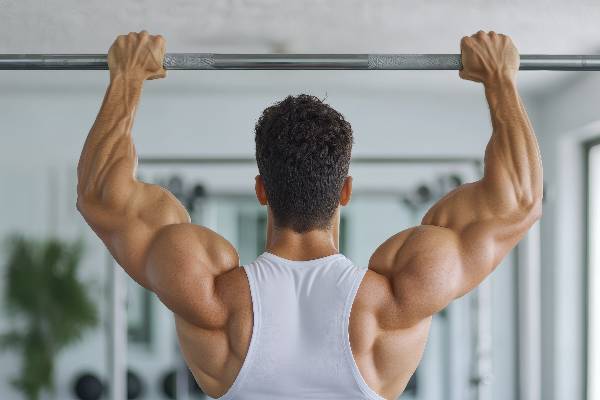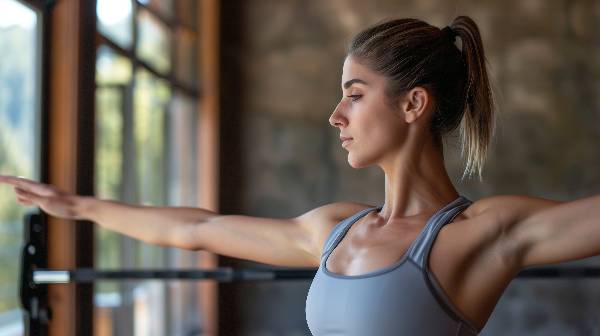Lateral Raises Shoulder Workout
Introduction to Lateral Raises
If you’re looking to sculpt those shoulders and enhance your upper body strength, lateral raises should be on your radar. This simple yet effective exercise targets the deltoid muscles, helping you achieve that well-defined look we all strive for. Whether you’re a seasoned gym-goer or just starting out, incorporating lateral raises into your shoulder workout can make a significant difference in your fitness journey. Get ready to explore how this straightforward movement can elevate not only your physique but also boost overall performance!
Benefits of Incorporating Lateral Raises into Your Shoulder Workout
Including lateral raises in your shoulder workout can significantly enhance muscle development. This exercise specifically targets the deltoid muscles, helping to create a well-defined shoulder appearance.
Another benefit is improved stability and strength. Strong shoulders contribute to better performance in various physical activities, from lifting weights to everyday tasks.
Lateral raises also promote better posture. By strengthening the shoulder muscles, you support your upper body alignment, which can reduce discomfort over time.
Additionally, this move provides versatility in your training routine. You can easily adjust weight or resistance levels based on your fitness level and goals.
Incorporating lateral raises aids in injury prevention as well. Balanced shoulder strength helps safeguard against strains that may occur during more intense workouts or sports activities.
Proper Form and Technique for Lateral Raises
To perform lateral raises correctly, begin by standing with your feet shoulder-width apart. Hold a dumbbell in each hand at your sides, palms facing inward.
Engage your core to maintain stability throughout the movement. Keeping a slight bend in your elbows, lift the weights out to the side until they reach shoulder height. Avoid shrugging your shoulders; focus on using your deltoids.
As you raise the weights, keep them parallel to the ground without swinging or jerking. Control is key—lower them back down slowly after reaching peak height.
Breathe steadily throughout. Inhale as you lower and exhale when lifting. This rhythmic breathing helps maintain momentum while preventing fatigue.
Remember to keep your neck relaxed and avoid leaning forward or backward during the exercise for optimal form and effectiveness.
Variations of Lateral Raises for Different Fitness Levels
For beginners, the standing lateral raise with light dumbbells is a great starting point. It helps develop proper form without overwhelming your muscles. Start with weights that feel manageable and focus on control.
As you progress, consider trying the seated lateral raise. This variation minimizes momentum and emphasizes shoulder isolation. Sitting down ensures stability, allowing you to engage your deltoids more effectively.
Intermediate lifters can experiment with resistance bands for an added challenge. Bands provide constant tension throughout the movement, enhancing muscle engagement.
Advanced athletes might incorporate single-arm lateral raises or perform them on an incline bench to target different angles of the shoulders. These variations increase intensity and stimulate growth in new ways.
Always listen to your body when exploring these variations; adjust weights or positions as needed to maintain perfect form while maximizing results.
Common Mistakes to Avoid During Lateral Raises
One common mistake is using too much weight. When you lift heavy, your form often suffers. This can lead to injury and reduces the effectiveness of the exercise.
Another error is swinging the arms instead of lifting them with control. Momentum might feel easier, but it bypasses the shoulder muscles you intend to target.
Many people also forget about their posture. Leaning or hunching over robs your shoulders of proper activation.
Additionally, some lifters neglect to engage their core during lateral raises. A stable core supports better movement and balance.
Avoid raising your arms above shoulder level. This can strain your joints and diminish results in strengthening those deltoids effectively. Focus on controlled lifts for maximum gains in strength and stability.
Tips for Maximizing the Effectiveness of Your Shoulder Workout
To get the most out of your shoulder workout, focus on a balanced routine. Incorporate both compound and isolation exercises to target all areas of your shoulders effectively.
Mind your tempo during lateral raises. A slow and controlled lift engages the muscles more than rushing through the motion. Aim for a consistent pace, especially when lowering the weights.
Don’t neglect rest days. Muscles need time to recover and grow stronger after each session. Scheduling adequate recovery into your training plan is essential.
Consider varying your grip as well. Using different grips can activate various muscle fibers in the shoulder area, leading to improved strength gains.
Stay mindful of hydration and nutrition before and after workouts. Proper fuel will enhance performance and support overall muscle health throughout your fitness journey.
Conclusion
Lateral raises are a fantastic addition to any shoulder workout routine. They target the deltoid muscles effectively, helping you build strength and definition in your shoulders. By incorporating lateral raises into your regimen, you’re not only enhancing your upper body aesthetics but also improving overall functional fitness.
Remember that proper form is crucial for maximizing benefits and minimizing injury risk. Try different variations based on your fitness level—there’s always a way to challenge yourself. Avoid common mistakes like using too much weight or poor posture to ensure you get the most out of each rep.
Incorporating tips such as focusing on controlled movements and breathing can further enhance the effectiveness of your shoulder workouts. As with any exercise, consistency is key, so make lateral raises an integral part of your training plan for optimal results.
Engage regularly with this powerful exercise for impressive gains in muscle tone and strength. After all, strong shoulders contribute to better performance in other exercises too!
- About the Author
- Latest Posts
Johnnie D. Jackow Sr., the founder and CEO of Total Body Fitness, Worldwide, has a long-standing career in the fitness industry. He began as a certified personal trainer in the mid-90s and soon after authored his first weight loss book in 1998. This led to the launch of Total Body Fitness, Nationwide in the USA at the same time. Johnnie gained recognition as the fitness guru of his time, running infomercials on local TV late at night in Houston, Texas. Over the years, he has helped more than 40,000 individuals from all over the world achieve their health and fitness goals. With over 60,000 hours of documented training in integrative functional medicine, he completed his PhD in human physiology in 2010. His primary objective is to assist people in reaching their health and fitness goals through alternative approaches rather than relying solely on conventional medicine and pharmaceutical drugs. Today, with almost three decades of experience under his belt, Johnnie continues to be a leader in health and fitness.

